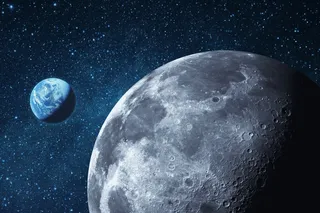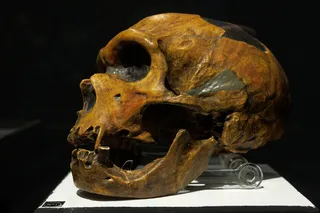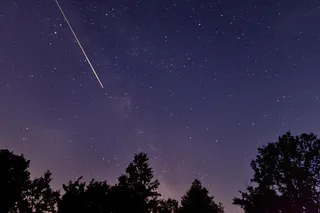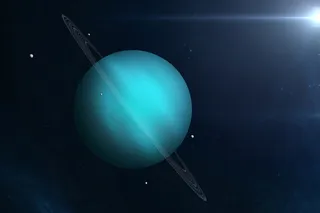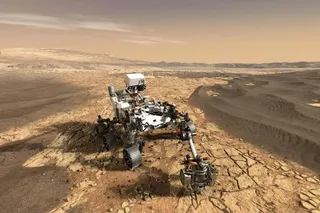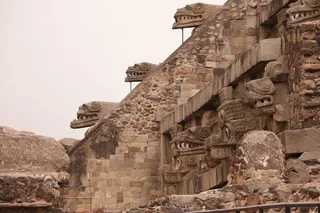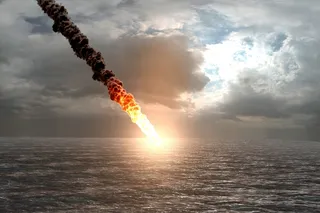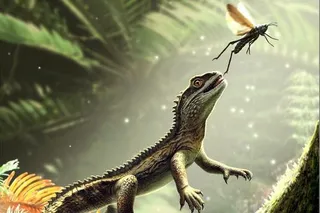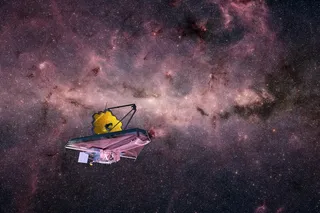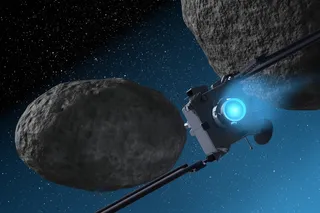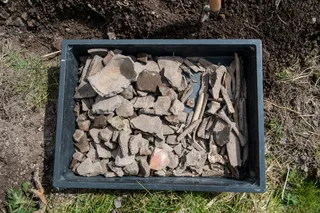We’re all familiar with the “man in the moon,” but that friendly face has a flip side we rarely see. Thanks to nearly five years of mapping data from NASA’s Lunar Reconnaissance Orbiter, we can take a peak at the hidden side of our closest satellite. NASA recently released a detailed computer simulation of what the view would look like from the moon’s hidden side. And to be honest, the view from Earth is better.
On the far side of the moon, you won’t see the smooth, dark plains called maria that give our side of the moon its anthropomorphic features. Instead, the moon’s hidden side is riddled with tightly spaced craters of all sizes. The far side is also home to the South Pole-Aitken basin, one of the largest impact features in the solar system (it’s the dark bruise covering the lower third of the moon). The animation also ...


